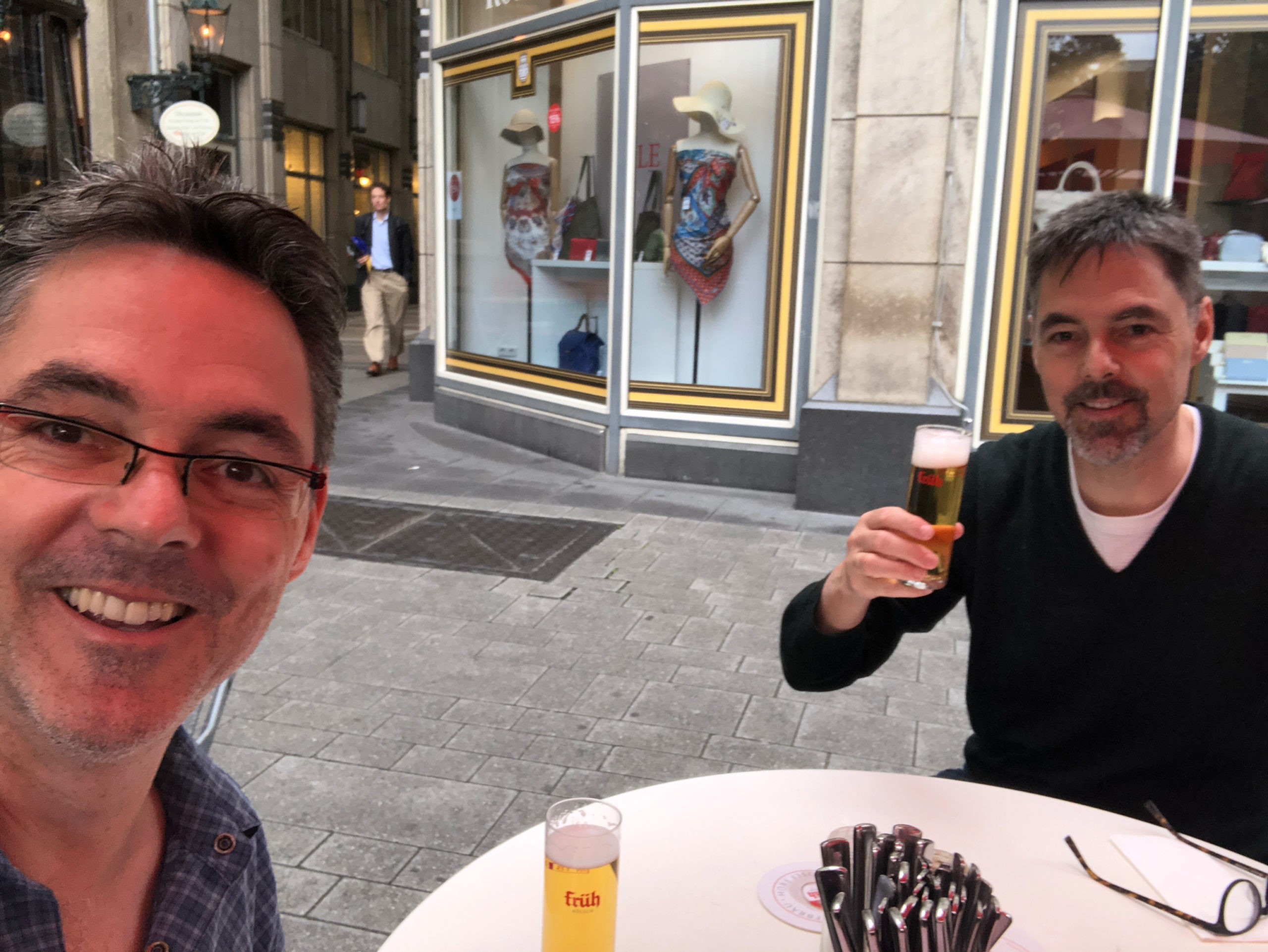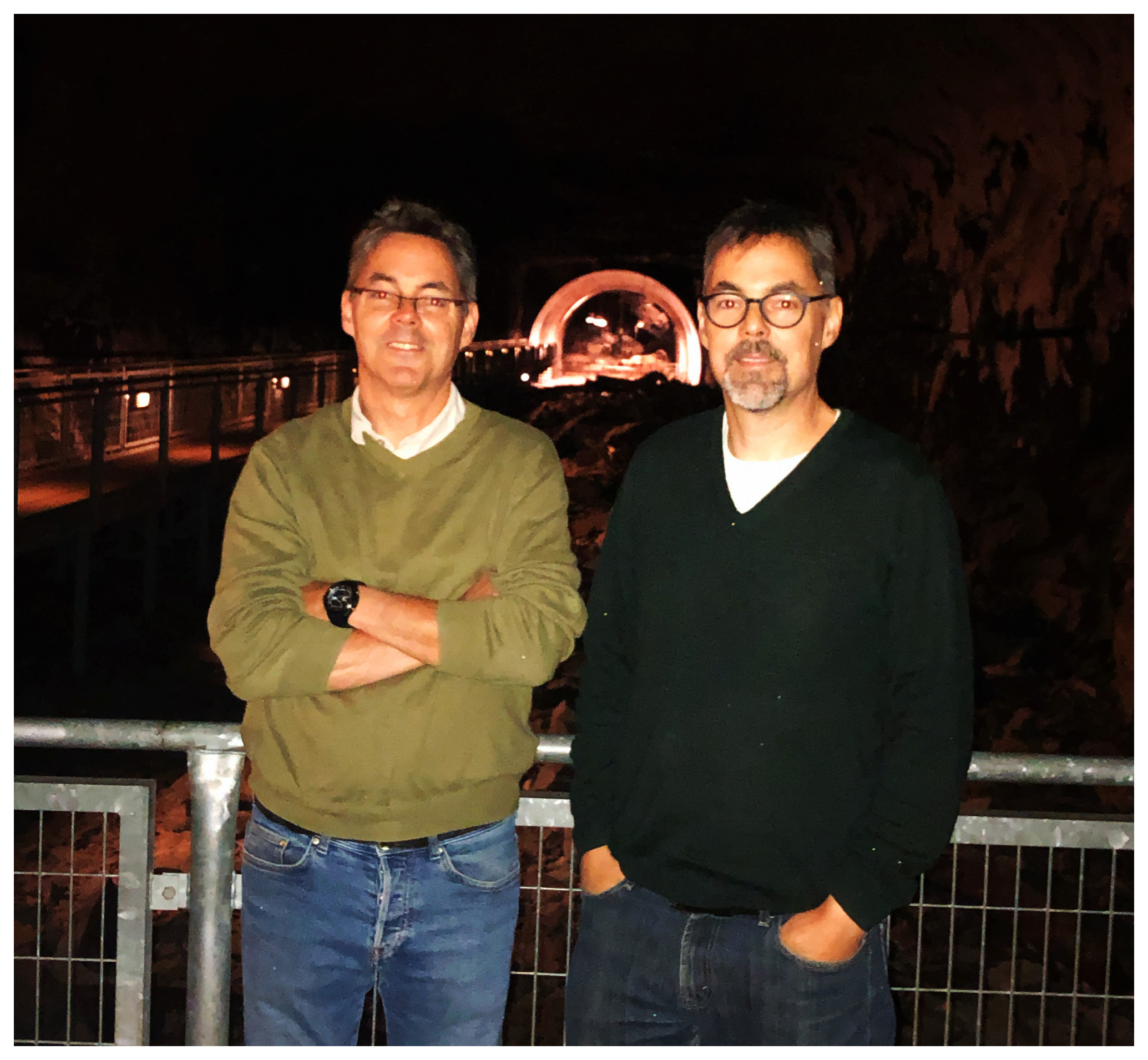
The Story Behind the Story.
As an avid reader and writer, I am often intrigued by the history and technical aspects of a novel’s creation; what inspired the idea, the motivation behind, and the technical aspects of writing the novel. Here, Michael and Zack Urlocker give us a glimpse of the provocative story behind the story.
Whispers of Inspiration
What was the original inspiration for this book?
M: Zack started it and I know it goes way back before I became involved, so I will leave this to him.
Z: My brother and I both like the same kind of books and movies, especially noir fiction. I had wondered about writing a novel for a long time and in the back of my mind I’d come up with the idea of a dead scientist, set against a historic backdrop. I wanted to blend a murder mystery with something a bit creepier, hence the paranormal element.
What drew you to this idea?
Z: It was an idea that wouldn’t let go. I kept thinking about it for years before I was able to turn it into a coherent outline, let alone a book. Moving the story to 1950 enabled us to give it a bigger historical significance and tie it back to the recruitment of German scientists as part of Operation Paperclip. There are so many strange things about that time that we could build on. That gave the idea more weight and a greater sense of purpose. It wasn’t just a murder mystery, there was a more important story behind the story.
Did you take the trip first or did the trip come after the idea?
M: The trip to Belgium and Germany was in the summer of 2019. We had submitted a second draft to the publisher and we knew that review would take quite a bit of time, so I said, hey, let’s take a trip as a sort of lightweight working holiday.
Z: We followed the path of the 104th infantry: Antwerp, Cologne, Nordhausen. It felt important to see the places that we’d written about and see them in the same sequence that Jack Waters, the protagonist, would have. We were following his journey.
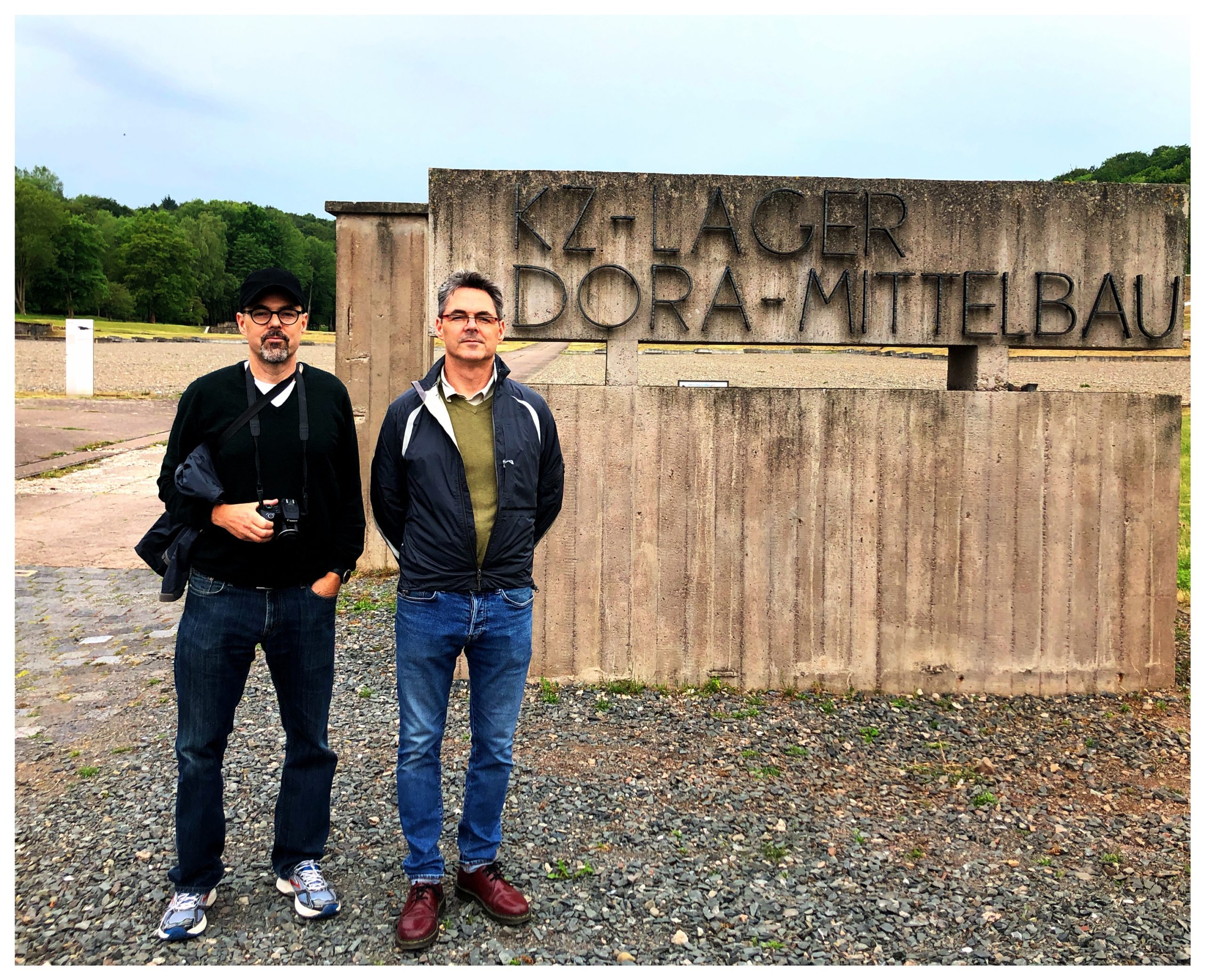
M: I was convinced from my days as a researcher and as a journalist that being on the ground in these places would bring us something tangible that just can’t be achieved by reading about things or seeing pictures. I wasn’t sure exactly what we would bring into the book from the trip, but I knew it would be worthwhile. And I think the book really benefits from the experience we gained, especially in the tunnels. Also it was a strange feeling to walk those tunnels that we had read and written so much about.
Z: There were a lot of details that ended up in the book. We went to the oldest bar in Antwerp, the Quinten Matsys. The bar had black and white photos from the late 1940s and it really had not changed much in 75 years. Similarly, when we visited the Cologne Cathedral, there were certain details about the small chapel that worked their way into the story. We were trying to honor the characters of the story and capture the significance of the devastation of these cities during the war. It’s quite a solemn experience. In the evenings, I would sometimes try to capture in words what we saw. Seeing the remains of the concentration camp at Mittelbau-Dora and the Mittelwerk tunnels beneath the camp was profound. To think that we had walked where thousands of prisoners had labored and died. This was the site of tremendous atrocities, prisoners were worked to death, hung on scaffolding if they stepped out of line. The size of the tunnels and the scale of the operations were deeply disturbing. Elements of that tour in the tunnels, the lights, the cool, damp air, the quiet, made their way into the book, giving it a higher degree of realism.
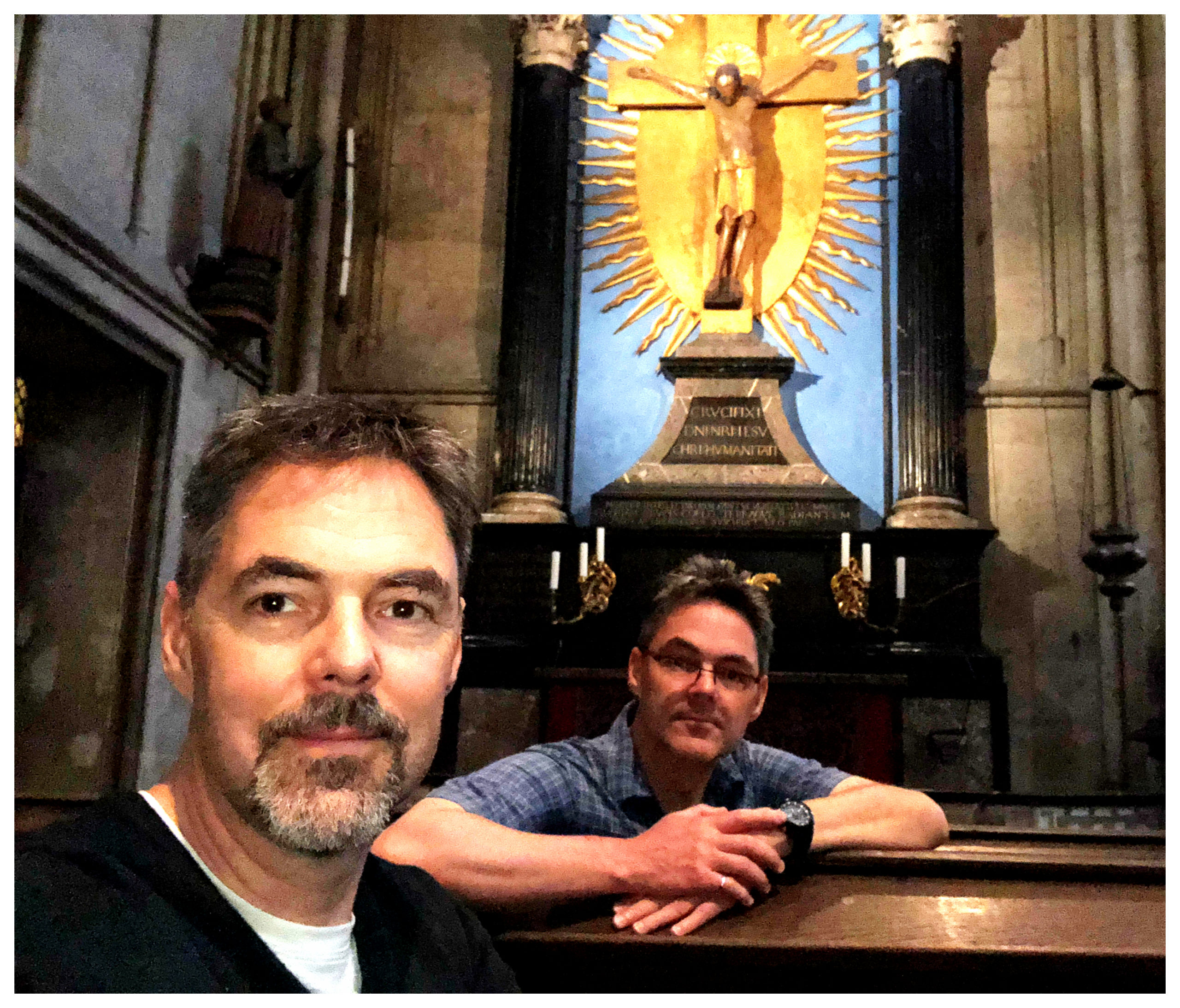
The Technical Stuff
How long did it take you to write the book from conception to final draft?
M: My involvement really started in January, 2019, and then we submitted the final draft in April, 2021. There was a bit of cleanup work after that, minor edits and proofreading and producing the audiobook, so for me it was a bit more that 2 1/2 years. Zack’s involvement started earlier.
Z: The first draft was written in thirty days during NaNoWriMo of 2017 (National Novel Writing Month.) I had left a job and had some time on my hands, and it felt like the right opportunity. That first draft was not very good, and it sat around for many, many months before I shared it with Michael. While I worked from an outline and characters profiles, there were quite a few unnecessary detours. One of the ideas of NaNoWriMo is to just put words on the paper. While that’s a good exercise, because it helps you develop the rhythm and discipline in writing, it can lead to a lot of passages that don’t move the story along. For a few days when I was stuck, I wrote backstory in the form of a diary from Amy Hugo, who died eleven years before the story occurs. I am a fan of this sort of epistolary story telling. English author Robert Goddard (Into the Blue, Out of the Sun) has built an entire career on it. Luckily, Mike edited most of this out.
How did you decide on the approach to both of you writing the novel, and what were the challenges of co-authoring a novel?
M: I think we really took it as an experiment and we were open to different approaches. And it evolved over time. I think we started with the first draft Zack had submitted and sold to Inkshares and we would pick a chapter and say, well, this bit needs work and it would be assigned almost randomly to one of us. And then we would piece out the chapters and submit them back and forth to each other. Then, for a while, it seemed like we were alternating chapters.
Initially, we were working for speed, and in retrospect, that was really not a good idea. So we plowed through the second draft very quickly and we earned quite a disappointing reaction from the publisher. It was something like, “C’mon, you guys are better than this. We need depth and feeling and emotions,” which might not have been our strong points early on.
I think we recognized over time that each of us had our own strengths. For example, Zack was really good at creating suspense and tension. So over time, we started to deal out tasks, like write this part or rewrite that part based on what we were good at.
Z: Mike worked as a newspaper reporter for many years and he is a much better writer than I am. He has a more subtle approach that lets the readers work out what is happening. Whereas I tend to say something, say it again, and then a third time just to make sure. Working with anyone on a project as big as a novel is difficult. We have very similar tastes, so that was a good thing. But as brothers, sometimes we are a bit more direct with each other than we would be with someone who is not family. There were plenty of heated conversations, all of which I regret. But it’s all grist for the mill, and some of that ends up on the page in the relationship between Jack Waters and his twin brother Jordan.
Tell me about Inkshares and why you chose this platform.
Z: Inkshares is an interesting new-style of publisher. I knew two other people who had successfully published with them, Tal Klein (The Punch Escrow) and Chris Huang (A Gentleman’s Murder.) It’s hard for any new writer to break into the field. From my conversations with traditional publishers and agents, I didn’t think we’d find a welcome home for a book like ours. Adam, the publisher, has a really sophisticated understanding of the story, so we were grateful to have his input.
Author Inspirations and Recommendations
What authors and or genres do you like to read and recommend your readers?
M: We both read a lot and we especially read a lot of thrillers and historical fiction as we were writing the book. For years, we were both inspired by Phillip Kerr’s Berlin Noir trilogy. Kerr always worked a lot of real history and real historical figures into his novels. That was an angle that we wanted to pursue. And of course, we feasted on the great spy works by John le Carré (Tinker Tailor, Soldier, Spy and Smiley’s People come immediately to mind) and perhaps less famous these days, Len Deighton’s Game, Set, Match and Hook, Line and Sinker are brilliant trilogies. You’d be hard pressed to find a thriller writer, editor, or reviewer who doesn’t cherish these books.
I ready almost everything by Alan Furst, who is considered the gold standard for historical fiction set just before or during World War II.
Furst isn’t much for character depth or for the conventions of plot, but he is like an impressionist painter in how he sets the scene for each of his novels. In each one, he focuses tightly on a small, secret world with civilians drawn into the dirty business of espionage or resistance just as Europe is sinking into war. If you want to know what life was like in Paris during the occupation (Red Gold), or how Italian resistance fighters lived (The Foreign Correspondent) or how the captain of a tramp steamer ship coped with loneliness and love while doing secret work for the British Navy during the War (Dark Voyage), Furst immerses you in each of those worlds completely.
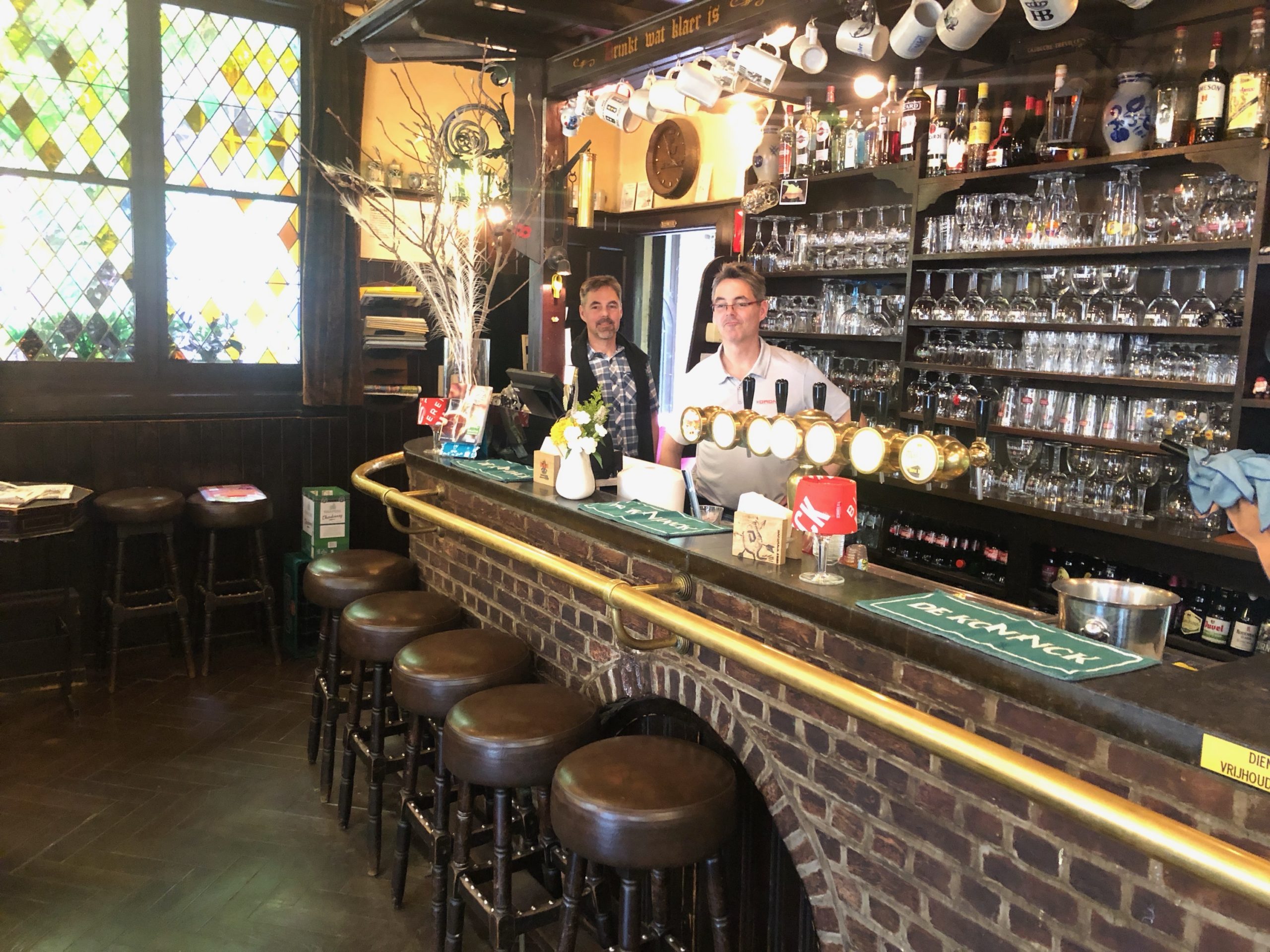
I also like snappy dialog and peculiar criminal characters, so there was a phase in writing where I read a lot of Elmore Leonard, breezing quickly through Get Shorty, Out of Sight, 52 Pickup and Swag. If you want a riot of a read and want to learn how to write good dialog, you can’t go wrong with Elmore Leonard and some of his crazy characters. Elmore Leonard was the inspiration for the style and dialog in Quentin Tarantino’s Pulp Fiction.
David Baldacci’s Memory Man was especially inspirational to me because he created an unusual character, Amos Decker, almost a wreck of a man, who somehow, despite his terrible failings and painful past, is a genius at solving crimes. Astute readers may notice that one chapter in The Man from Mittelwerk is written as a bit of an homage to the first Amos Decker book. I did it as an experiment in writing and I liked the result. This may be news to Zack.
Another book that really pushed us forward in some ways was Stephen King’s 11/22/63, which is about some paranormal activity, in this case, time travel, and an alternate history surrounding the JFK assassination. I read it twice, once just for the thrill, and the second time to savor and learn from the writing. I think people overlook how beautifully King writes. He captures the essence of 1950s America, when the air was fresh, gas was cheap, food tasted better and there were no cell phones. And of course, because he’s Stephen King, he portrays evil as a kind of atmosphere that pervades some places and ultimately dominates the story, leading to a post-apocalyptic nightmare.
Just as we were finishing the book, James Kestrel came out with Five Decembers and we were both blown away because he set a great noir thriller in a similar time. In his book, the action starts just before the attack on Pearl Harbor in December, 1941. He captures the time and place really well.
Z: Mike and I have both read a lot of Elmore Leonard. I think good dialog keeps the readers interested. It shows the characters and helps them step off the page to become fully fleshed and hopefully interesting people. Sometimes writing dialog between the protagonist Jack Waters and, say Sergeant Duffy, I’d laugh out loud at some of the banter.
Next Steps
What are the next steps for you?
M: We have several ideas for sequels. Once the book was finished and I mean really finished and in the can for months, the theme or themes became more clear to me. We examined and raised moral questions about the role of science and the responsibilities and limits necessary. We think there is a lot of scope to examine some especially nasty historical figures in fiction, all somehow dedicated to what they thought was valid and important science. There is no shortage of good material, in some ways almost unbelievable true stories, to work on.
if this book was made into a movie, who would you cast as the actors?
Z: I think David Duchovny (X-Files) would be great in the lead role, if he’s not too busy. Otherwise Matthew Rhys (The Americans.)
Closing and Contact
Is there anything else you’d like to share about the title or the writing process?
Z: The book had various different titles during the writing process. But none were as good as The Man from Mittelwerk, which I think can be quite engaging. I quite liked “American Noir.” I mocked up a few fake covers while we were working on the book, waiting for editorial feedback. These were in the style of authors we have read, such as Len Deighton, Philip Kerr, Ross MacDonald. You can find these on our website:
https://www.mzurlocker.com/news/alt-titles
One thing that was quite surprising, is because the whole process took so long and went through so many changes, sometimes we forgot how the story unfolded. For example, I was listening to the audiobook narrated by voice over actor Jonathan Strait and I’d forgotten how a scene played out because it had been rewritten three different ways. I’d think to myself, wow, I didn’t expect that! Even though we wrote all the words, to hear Jonathan bring the characters to life is quite moving. He does the voices and accents well. It brings a higher level of emotional engagement to the work.
Where can people get more information about the book and follow you?
Z: Come visit the website to sign up for the newsletter and stay up to date with our news and occasional short stories.
